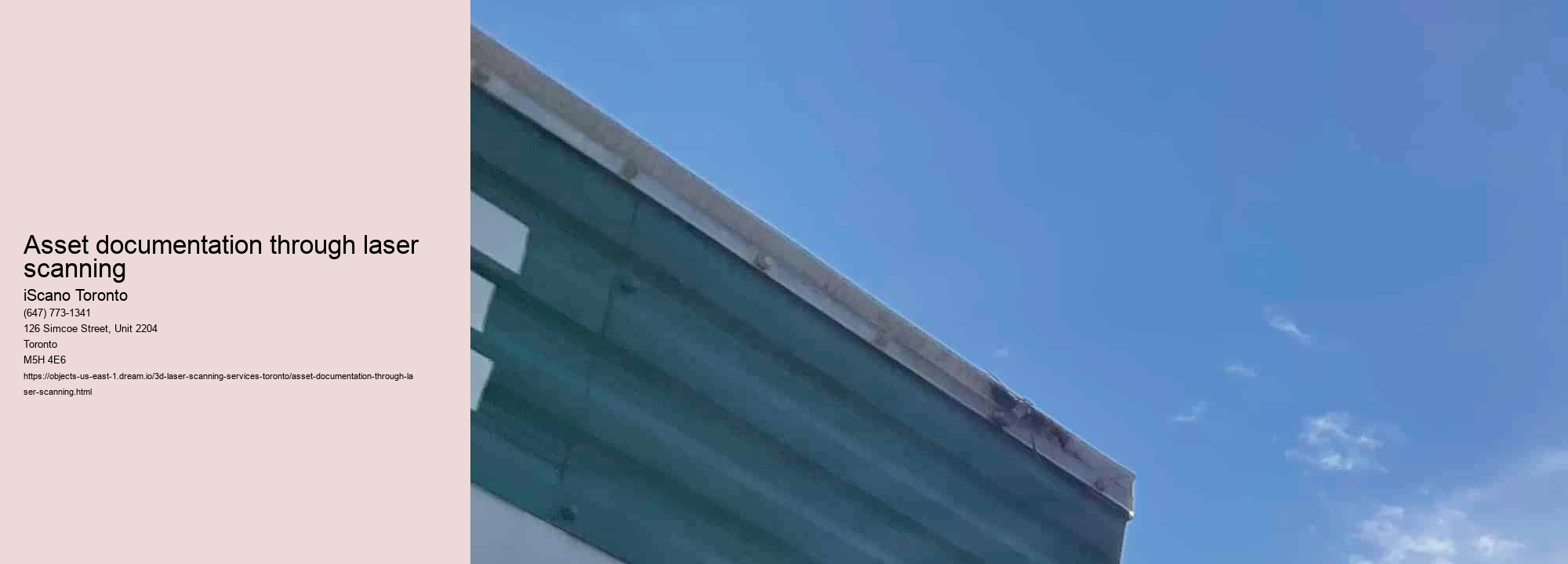Navigating the Future: Just How 3D Laser Scanning Services Are Transforming Industries
Laser scanning for film and entertainment industries .Intro
In the sphere of technological advancement, few developments have proven as revolutionary as 3D laser scanning services. These cutting-edge tools have transformed industries by offering unparalleled precision, efficiency, and versatility. From architecture to archaeology, from manufacturing to medicine, the uses of 3D laser scanning are vast and continuously expanding. In this piece, we delve into the intricacies of this technology and examine its impact on various sectors.
Understanding 3D Laser Scanning
Fundamentally, 3D laser scanning is a contemporary technology that captures the shape, size, and details of objects or environments without physical contact or damage by emitting laser beams. These beams reflect off surfaces they encounter, and the scanner measures the time it takes for each beam to return, thus generating a point cloud—a compilation of numerous data points that depict the object's three-dimensional geometry.
The Advantages of 3D Laser Scanning
A significant advantage of 3D laser scanning lies in its unparalleled accuracy. Conventional measurement methods often fall short in capturing complex geometries or intricate details, leading to errors and inefficiencies. However, with 3D laser scanning, even the most intricate surfaces can be captured with precision down to the millimeter, ensuring that every detail is accounted for.
Moreover, 3D laser scanning is exceptionally reliable. Unlike conventional scanning methods that can be laborious and time-consuming, laser scanning allows for rapid data acquisition. A single scan can capture millions of data points within minutes, significantly reducing the time and resources needed for data collection.
An additional significant advantage of 3D laser scanning is its non-destructive nature. Unlike physical measurements or invasive examination approaches, laser scanning does not require straight contact with the item being checked, protecting its integrity and reducing the danger of damages.
Applications Throughout Industries
The versatility of 3D laser scanning has resulted in its prevalent fostering throughout a myriad of sectors. In architecture and building and construction, as an example, laser scanning is utilized for as-built documentation, clash discovery, and building info modeling (BIM). By precisely catching existing conditions, designers and engineers can improve the style procedure, decrease errors, and reduce pricey rework.
In the manufacturing industry, 3D laser scanning plays an important duty in quality control, reverse design, and fast prototyping. By precisely catching the measurements of components and items, manufacturers can recognize flaws, optimize production processes, and bring items to market quicker.
The effect of 3D laser scanning extends past the world of industry and right into fields such as archaeology, forensics, and healthcare. Archaeologists utilize laser scanning to create in-depth 3D models of historical sites and artefacts, allowing for digital conservation and evaluation. In forensics, laser scanning is used to document crime scenes, gather evidence, and rebuild accidents with unparalleled accuracy. In healthcare, 3D laser scanning enables customized prosthetics, orthotics, and implants customized to the special anatomy of each client.
Future Patterns and Developments
As modern technology remains to breakthrough, the future of 3D laser scanning holds enormous promise. One emerging trend is the combination of expert system (AI) and machine learning formulas right into scanning software program, enabling automated attribute recognition, information analysis, and modeling. This integration not just boosts the rate and precision of scanning procedures however also opens new opportunities for data-driven insights and decision-making.
Furthermore, developments in equipment, such as the advancement of portable and mobile scanning tools, are making 3D laser scanning extra available and mobile than in the past. These small and lightweight scanners equip users to record data in remote or difficult atmospheres, additionally broadening the reach of this transformative modern technology.
Final thought
In conclusion, 3D laser scanning services are transforming markets around the world, using exceptional accuracy, performance, and flexibility. From architecture to archaeology, from making to medication, the applications of 3D laser scanning are infinite. As innovation continues to evolve, the future holds also greater pledge, with innovations such as AI integration and portable scanning tools poised to additional expand the capabilities of this transformative innovation. In navigating the future, 3D laser scanning will most certainly continue to be at the forefront of technology, reshaping sectors and driving progress in the years to find.
